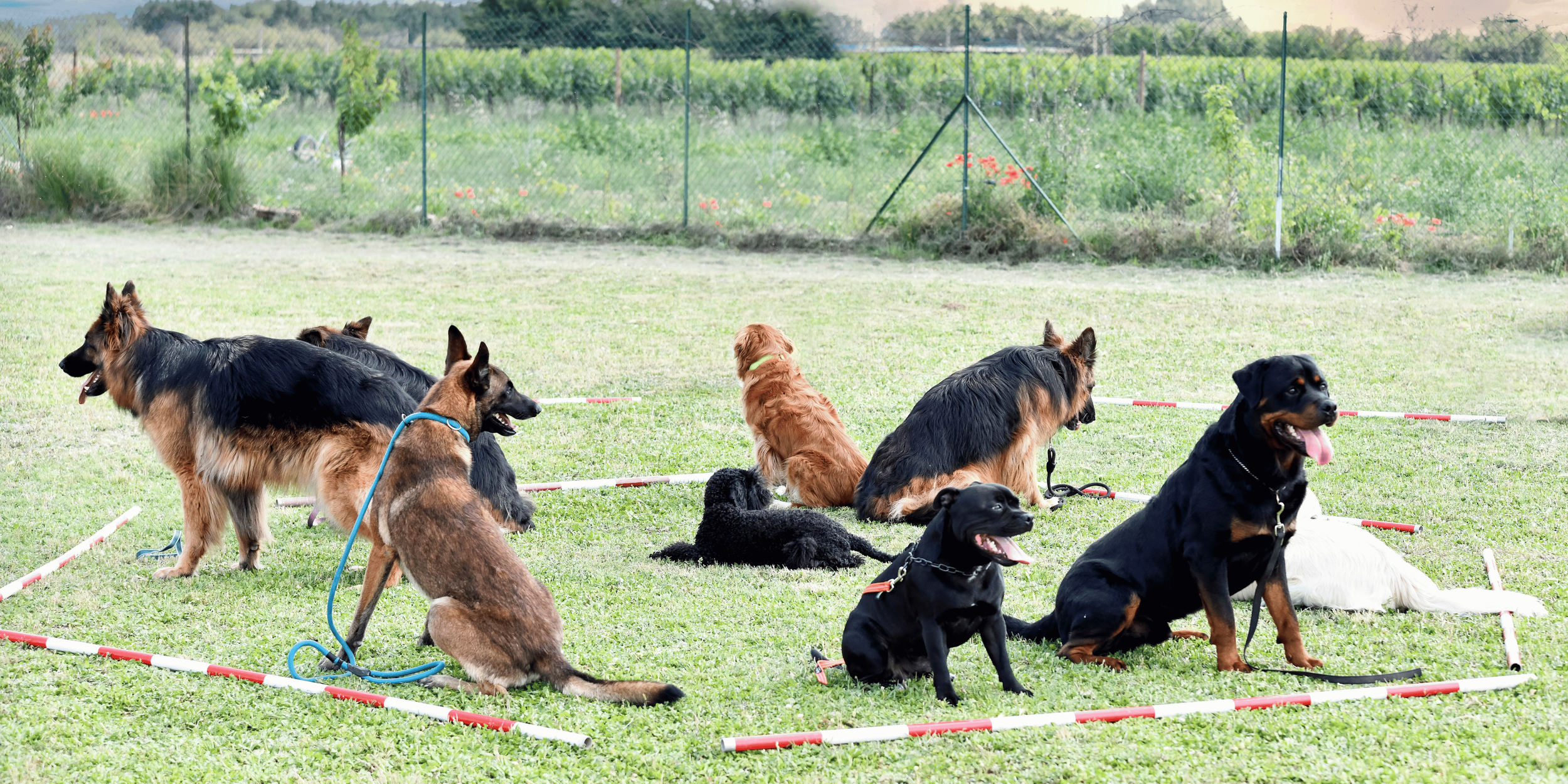How to Keep Your Dog in Your Yard Without a Fence
The use of a yard for containing your dog can be very challenging if you live in a small-sized apartment, especially in a city. But there are so many methods out there that you can use to ensure that your pet stays within your compound without using a fence. Here in this article, we are going to discuss some strategies that can assist you in the process.
1. Establish a Clear Boundary
The first thing towards ensuring that your dog will not escape your compound when you do not have a fence is to set a proverbial “Do Not Cross” line that the dog will respect. This is enforced through positive reinforcement behavioral techniques, for example, rewards or encouraging a dog to remain in one area. You must be disciplined and consistent during this training because it can take some time before your dog accepts the changes you are setting.
2. Use Physical Barriers
There are several physical barriers that you may use to restrict your dog's movement within your compound if you do not have a fence.
Some of these include:
- Invisible Dog Fence: This is one of the standard methods. It involves having an underground wire placed around your compound. If your dog gets close to the boundary, there will be a beep sound from an electronic collar. If the dog goes forward a bit further, a mild shock is emitted. This method is very efficient, but it should be installed by a professional.
- Dog Run: A dog run is the ideal invention if you don't have a fence but want to keep your dog in your compound at all times. Since a dog run is often left outside of the home, it can be constructed with a basic fence panel made of a strong, weatherproof material or even just a quick addition of cable tie-downs. If you are choosing a run size, it's a good idea to pick a size that the dog needs, and not overcrowd the run with toys and games for the dog to play with while in the run.
- Large Rocks or Brick Pavers: If you do not want to hire a professional to put up a physical fence, you might wish to use large rocks or brick pavers as a barrier. It is effective for dogs that do not dig the holes, and it will prevent them from roaming around your compound. As long as your barrier is strong and safe enough to confine your dog, then it is okay to use it.
3. Supervision and Training
Training and supervision are very important when ensuring that you retain your dog at your compound without a fence. Take the dog out to practice being confined in the bounded places and reward the dog if the dog stays in the boundary, with treats and kind words. This will help the training and will be easier for your dog to know what is expected of them.
4. Use Visual Barriers
By using visual barriers, you can contain your dog without having to fence your yard or home. This may include hedges, trees, bushes, or even other tall structures such as fence material that will help to give the yard a more enclosed feel. These barriers will prevent your dog from straying away and, at the same time, give your yard some measure of privacy.
5. Stimulate Through Activity and Exercise
Dogs are always hungry for activity to avoid being bored, and they sometimes may get into some destructive ways to pass the time. It is essential that your dogs are given a chance to run and play and expend energy.
They will also gain a form of mental stimulation if their daily routine is complemented with toys, puzzle feeders, and chews. Using these ideas, you'll be able to keep your dog mentally and physically occupied, and thus, avoid the likelihood of your dog getting bored or planning an escape.
6. Use a Long-Line Leash
If you wish to give your dog a certain measure of freedom while being able to control him when outdoors within your compound, the long-line leash can come in handy. The leash is limited to a certain length such that your dog can move around in a compound but stay on the leash and within your property. This allows your dog to feel free, but also enables you to have the ability to control your dog and prevent him from escaping your yard.
7. Keep Your Yard Dog-Friendly
Last but not the least, ensure the outdoor area at your home is safe and comfortable for your dog to play around. Check to see if you have anything that could be dangerous to your pets and also make sure you don't have anything that can lead them out such as cracks in fences. Your dog’s shelter should be dry and well-cleaned and maintained, and should have sufficient shade and water, especially during hot summer months.
There are times that you need to leave your dog in the yard but without a fence; this is achievable by planning for it and also with proper training. If you set up good boundaries and visibility, ensure your dog gets enough exercise, provide regular training, have a close monitor on your pet, and ensure your yard is always safe and comfortable, your dog should not wish to escape your property.

